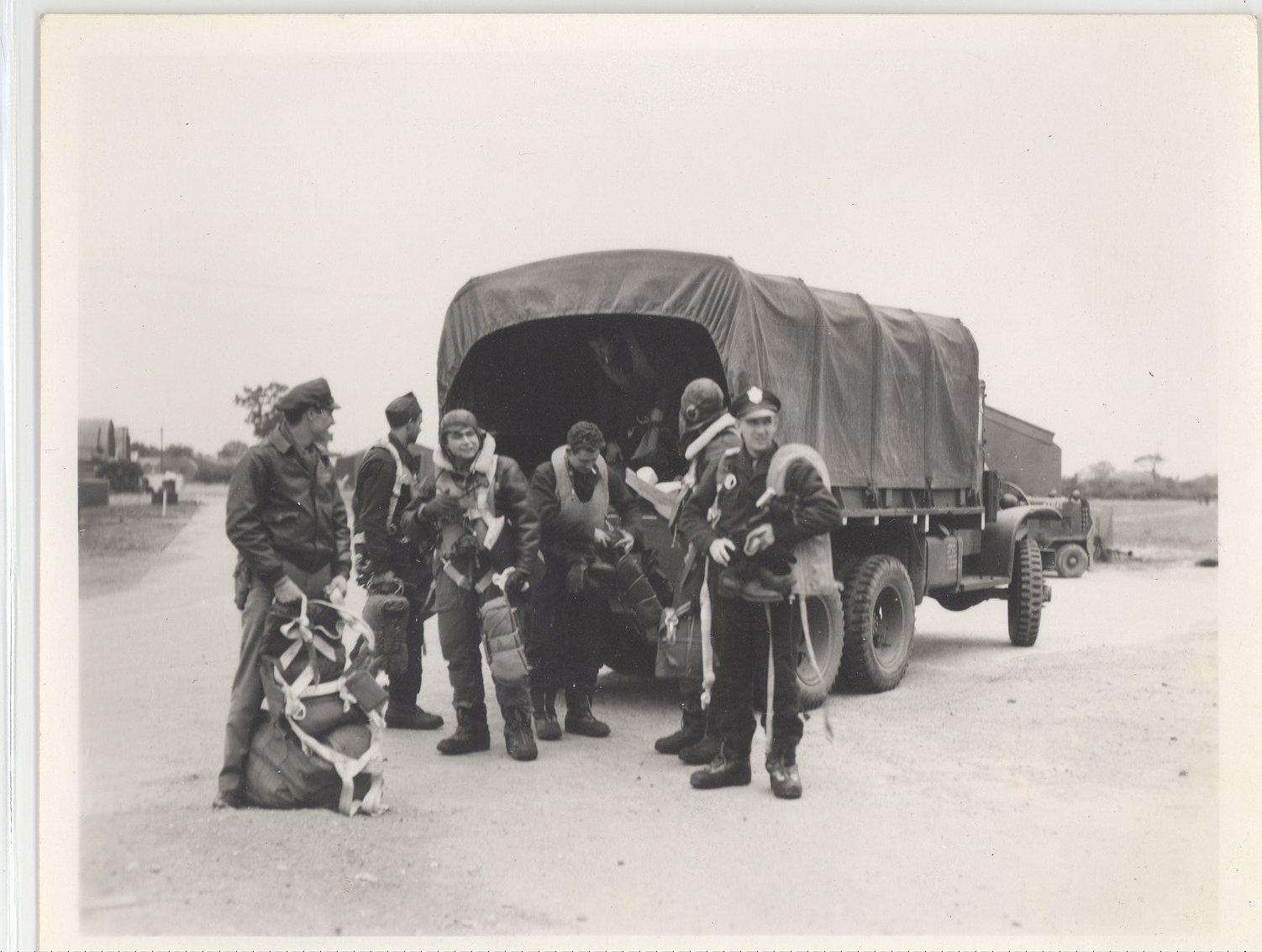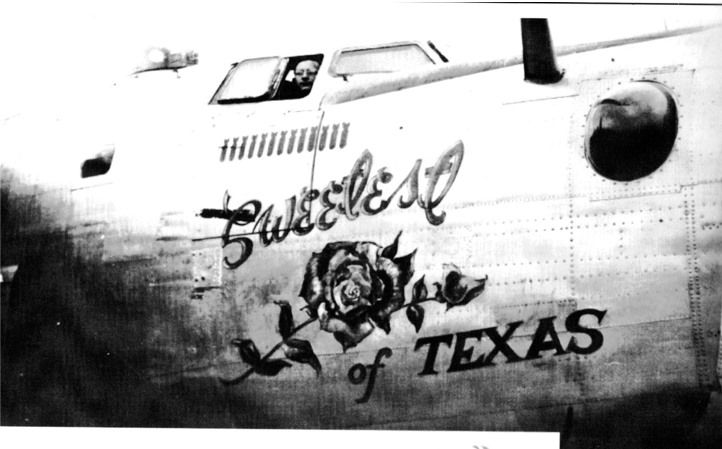The Kassel Raid, 27 September 1944
When you arise on the morning of Friday 27th September, and reach for your breakfast toast or cereal, spare a thought for the 370 aircrew from the USAAF 445th BG who 80 years ago that day, were awakened at 2:30am and walked through the dark cold morning for their breakfast, not knowing that by lunch time over a hundred of them were going to be dead, joined over the next few hours by a few more to make a total of 117, with another 121 wounded and prisoners of war to leave a lot of empty tables at dinner that evening.

370 climbed aboard their Liberator bombers, took-off down runway 21 at Tibenham airfield Norfolk England and climbed into the leaden sky, and heading for the target at Kassel Germany, Isom crew in Patty Girl were the only crew to return with a undamaged aircraft.
Of the thirty-nine aircraft scheduled to fly at Tibenham that fateful September morning:
One never got off the ground
Three aborted and returned to Tibenham
Twenty-five were shot down in Germany
One crash-landed in Belgium
Two crashed or crash-landed in France
Two landed, badly damaged, at Manston on the English coast
One crashed at Carlton Rode just 2 miles from the safety of Tibenham
Four returned to Tibenham 3 badly damaged only one Liberator “Patty Girl” was fit to fly the next day.

Limping across the Channel, Lt. Stanley Kryvic’s badly damaged B24 Liberator 331 U “Percy”, they hadn’t intended to be heading for a early bath in a freezing North Sea, at the early morning briefing it had been announced that Brussels airfield had been liberated with intact runways and this was now the intended destination for the damaged bomber.
The sole surviving Liberator from the annihilated 702 squadron, was in deep trouble with three wounded gunners T/Sgt’s. Puto, Paul and Rand. Radio Operator John Cadden still dazed having taken a hit on his flak helmet and also covered in Hydraulic oil from the shot out system, John was trying to take care of the wounded gunners injecting the most badly wounded Harry Puto with a shot of morphine.
Meanwhile up front in the “ office” Stanley and his co-pilot 2nd Lt. Leonard Trotta had their work cut out keeping Percy in the air, with one engine shot out and feathered, another with low oil pressure and producing little power, with no hydraulic assistance on the controls it was just sheer muscle power keeping Percy aloft and trailing behind the few flying remnants of the 445th BG.
Slowly descending through the overcast, instead of Brussels the sight of a grey North sea greeted them when they finally broke through to clear air, setting a course westward was the best option until hopefully England would come into view, before “Percy” would run out of altitude and they would have to ditch.
To try to arrest the slow descent, the guns and ammo and anything else not needed was dumped over the side, John having to fend off the disposal of his radio set so he could keep communication with the air-sea rescue incase they didn’t make it across the water, managing to arrest the descent to just over a 1000 feet by this action, the welcome site of the coast of England hove into view and Kryvic saw that they were not far off track to get back to the runways of home base Tibenham, so they pushed on in the direction of home.
A few miles out because of the lack of hydraulics the undercarriage was manually lowered as Stanley set a heading for the threshold of runway 33, the extra drag caused meant that Percy was not longer able to maintain altitude and the aircraft arrived at Tibenham at just a few hundred feet, seeing that the runway was blocked by contractors vehicles, with minimum airspeed and too low to do a circuit onto a different runway Stanley’s only option was to keep flying straight ahead in the hope of make it onto Old Buckenham’s runway 6 miles ahead, this proved impossible and Percy gave up trying to be an aeroplane in a field at Yew Tree farm Carlton Rode just 2 miles from the safety of Old Buckenham, breaking up in the crash and catching fire, it was the bravery of Stanley Krivic in pulling a trapped John Cadden and Leonard Trotta from the burning wreckage that prevented the casualty list being higher than navigator Daniel Dale , who didn’t survive the crash, and now resides in the American war cemetery at Madingley Cambridge. the rest of the crew transported to the 65th Hospital at Redgrave near Diss.

Of the 370 guys scheduled to fly that day:
9 never left Tibenham
27 returned to Tibenham due to aborts
117 were killed, with a least eight – and possibly 11 – murdered by the Germans
121 were PoWs or on the run
42 landed back at Tibenham
63 landed elsewhere and were making their way home. Some arrived that night, others took more than a week to return to duty.

Which meant there were only sixty-nine for supper that evening also think about the courage of the crews of the 10 cobbled together aircraft that flew the next day on the same mission past the wrecks of their buddies aircraft still lay smouldering this time without loss.
554 aircrew met their deaths flying from Tibenham in WW2 and along with all the other aircrew who gave their lives we owe them great debt, to mark this event a party of American relatives of the crews involved are visiting the home base of the WW2 445th BG at Tibenham airfield on Tuesday the 24th September at 12 noon before departing to the memorial at Friedlos in Germany the next day, where they will be joined by another 15 Americans and a large crowd of Germans for a ceremony of reconciliation and remembrance to the 117 US bomber Crew, 1 US and 18 German fighter pilots KIA on that mission.


Order your copy here.
By Author Eric Ratcliffe
Posted September 27th 2024


